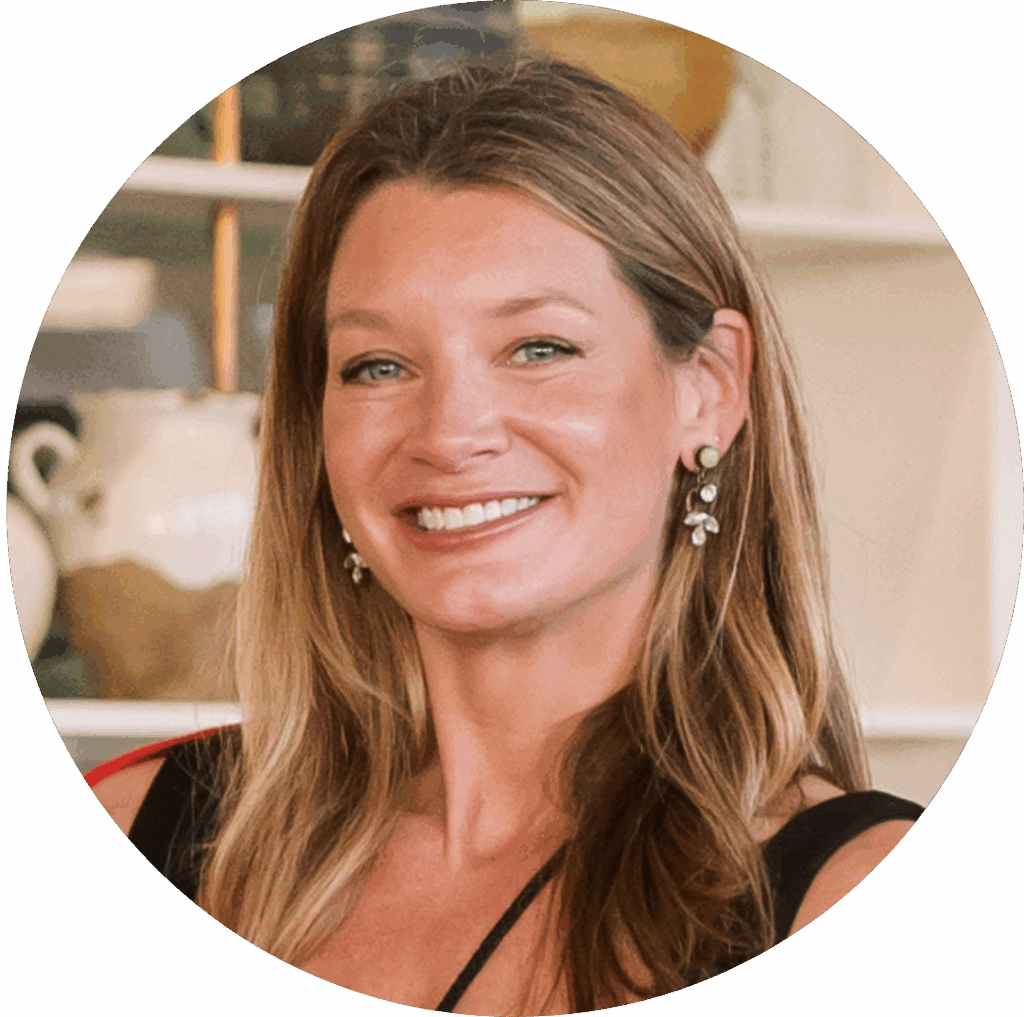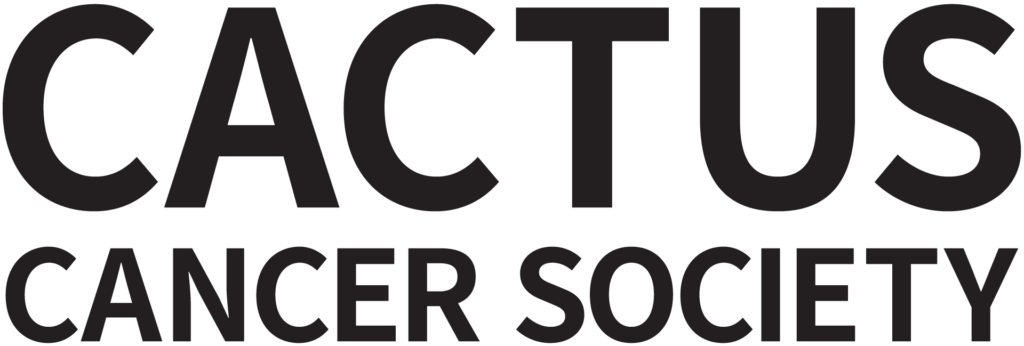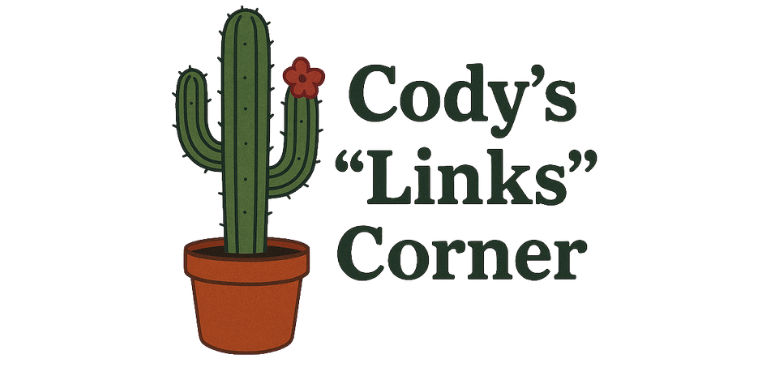Here at Lacuna Loft, we talk about everything lifestyle management and psychosocial support for young adults dealing with cancer or long term illness as patients, survivors, or caregivers. We seek to provide everything that the more clinical and medical resources don’t. With that said, we are all here, together on Lacuna Loft, because of a diagnosis. Learning more about diagnoses and treatments is also an important step to living and thriving.
Today in Diagnosis Corner, we are talking about breast cancer in young women.
—
Today, in our new series Diagnosis Corner, we are hearing from Dr. Diane Radford, a Surgical Oncologist and Breast Surgeon at Mercy Clinic St. Louis Cancer & Breast Institute. Welcome Dr. Radford!
Diane Radford is a breast surgeon in St. Louis. She grew up in Troon on the west coast of Scotland and started medical school at the University of Glasgow at the age of 16. Early on in her surgical career she knew her vocation was the care of patients with breast cancer and benign breast diseases and she sought out the best training to obtain additional expertise.
~~~
1) Likelihood
Although it is widely stated that the chance of developing breast cancer for American women is 1 in 8 (SEER data), the likelihood varies depending on age:
Risk starting age 30: 1 in 227
Risk starting age 40: 1 in 68
Risk starting age 50: 1 in 42
Risk starting age 60: 1 in 28
Risk starting age 70: 1 in 26
Women can calculate their own risk of breast cancer using the Breast Cancer Risk Assessment Tool, modified from the Gail model. Eleven percent of all new breast cancer cases in the US are found in women under age 45.
2) Genetics
Young age at diagnosis of breast cancer (45 or less) is a red flag for the possibility of an inherited mutation. At least 10% of all breast cancers are due to an inherited mutation, most commonly in the genes BRCA 1 or 2. Young age at diagnosis is an indication for genetic counseling and testing per the National Cooperative Cancer Network (NCCN) guidelines. With the availability of multi-gene panel testing (so-called next generation sequencing) other genes responsible for inherited cancer syndromes are being detected. 4.3% of over 1780 patients eligible for testing were found to carry genes other than BRCA1/2. The most common genes detected other than BRCA1/2 were CHEK2, ATM, PALB2, and BRIP1.
Women can utilize the KnowBRCA tool to calculate their risk of carrying a BRCA 1 or 2 mutation.
3) Modifiable risk factors
The CDC, American Cancer Society and American Institute for Cancer Research are unanimous in their recommendations for reducing cancer risk. The three main tenets are exercise, maintaining a healthy weight, and avoiding alcohol. According to the ACS, women who have 2 to 5 drinks daily have about 1½ times the risk of developing breast cancer compared to women who don’t drink alcohol. The AICR guidelines for cancer prevention in general are:
a. Be as lean as possible without becoming underweight
b. Be physically active for at least 30 minutes per day
c. Avoid sugary drinks. Limit consumption of energy-dense foods
d. Eat more of a variety of vegetables, fruits, whole grains and legumes, such as beans
e. Limit consumption of red meats and avoid processed meats
f. If consumed at all, limit alcohol to one drink per day for women.
g. Limit consumption of salty foods and foods processed with salt
h. Don’t use supplements to protect against cancer
i. It is best for mothers to breast feed exclusively for 6 months
The take-home message — lace up, don’t drink up.
4) Screening
Although the US Preventive Task Force recommends starting annual screening mammograms aged 50, other august groups such as the American Society of Breast Surgeons, American College of Radiology, American Congress of Obstetricians and Gynecologists and American Cancer Society recommend screening mammograms starting aged 40. It’s important to note that a “screening” study means the patient has no symptoms. If a woman has a lump, breast pain, nipple discharge, or any other symptom, imaging is indicated. Often prior to age 30, breast ultrasound will be the imaging of choice, to avoid radiation to the breast.
For carriers of a mutated BRCA 1 or 2 gene, annual breast MRI is indicated starting age 25, with annual mammography being added age 30 (NCCN). Three-dimensional mammography, also called tomosynthesis, was approved in the US in 2011. 3-D imaging increases cancer detection rates, and may be especially helpful in women with dense breasts.
5) Resources
The CDC is addressing breast cancer in young women by:
Conducting public health breast cancer research
Convening the Advisory Committee on Breast cancer in Young Women
Funding programs that support awareness, education and survivorship programs
And Educating young women and medical providers about breast cancer and breast health
The Young Survival Coalition (YSC) has a wealth of information for young women with breast cancer. They have both regional and national meetings, the next regional meeting being in Washington DC June 6th 2015
Diane Radford MD, FACS, FRCSEd
Breast Surgical Oncologist, St. Louis, MO
www.DianeRadford.com
@dianeradfordmd
image via © Photographerlondon | Dreamstime.com – Young Women Photo
~~~
Thank you Dr. Radford! What are other diagnoses that you would like to learn about? Let us know in the comments or by emailing, info@lacunaloft.com







